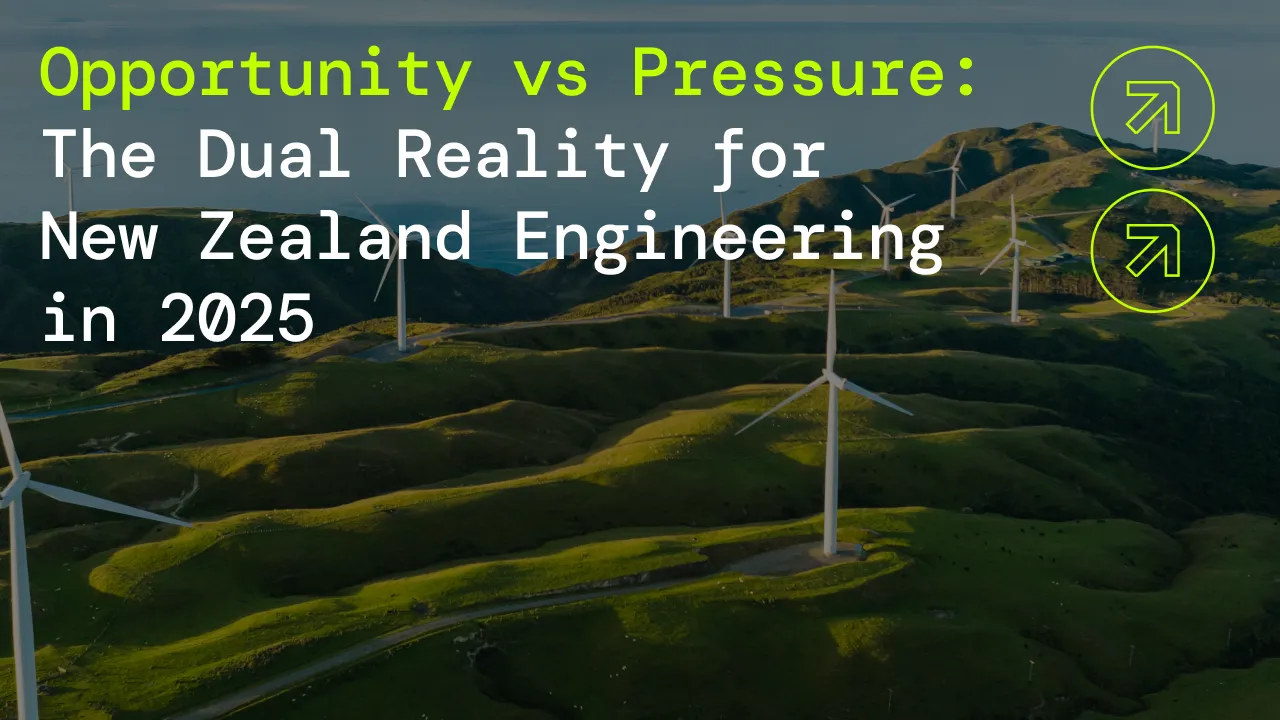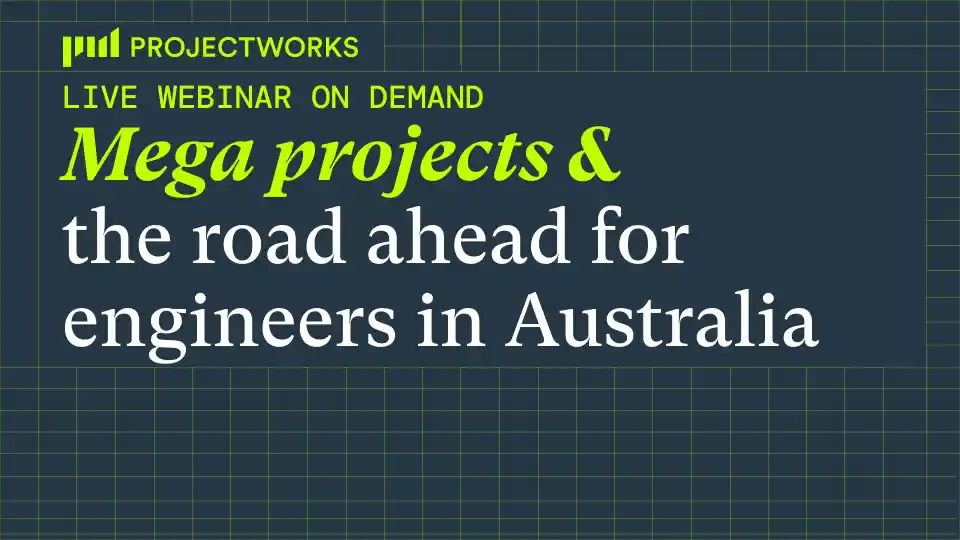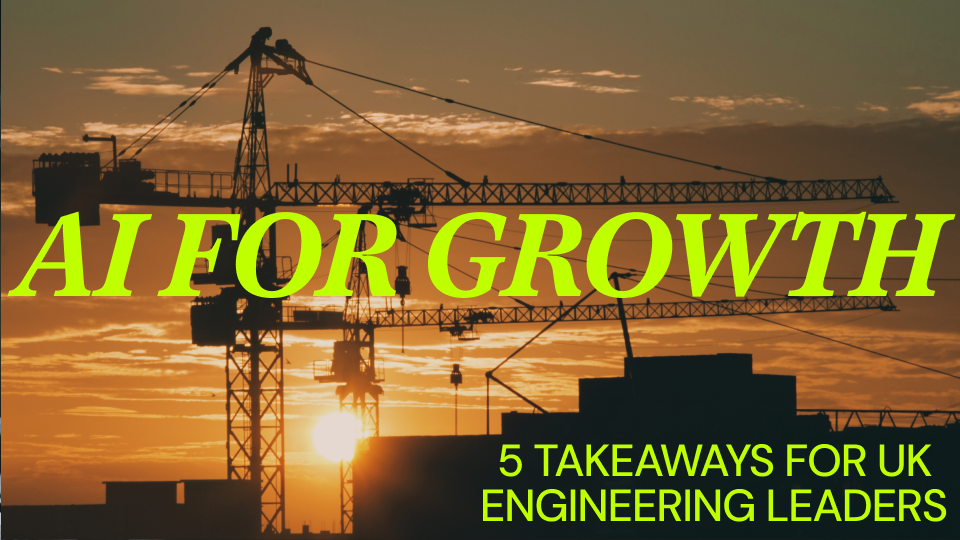Opportunity vs Pressure: The Dual Reality for New Zealand Engineering in 2025

New Zealand’s engineering sector stands on the edge of both extraordinary potential and significant risk. The consultancies that invest now, in clarity, control, and operational maturity, will be tomorrow’s leaders.
A Government Spending Surge, But When Will It Land?
The Luxon government has promised billions in investments across roading, healthcare, infrastructure, and housing. Firms are buzzing with ambition, some even eyeing offshore projects in Australia, the Pacific, and beyond. Yet optimism is tempered by persistent uncertainty: political turbulence, talent shortages, and disappearing pipeline visibility.
The opportunity is real. Large-scale projects are being promised, but timelines are inconsistent, and delivery keeps slipping. Engineering firms find themselves waiting, pricing, and hoping without the certainty needed to plan confidently.
For consultancies, this is a dangerous limbo. Too much optimism can lead to over-hiring or overcommitting. Too much caution risks missed opportunities. The firms that will win are those agile enough to scale capacity intelligently while protecting margins.
The Dual Reality: Potential and Pressure
This duality, every opportunity also being a threat, is what defines 2025 for New Zealand engineers. Pressure creates clarity. It sharpens ambition. It separates firms with strong operational foundations from those “running blind.”
Small to mid-sized firms are uniquely positioned to win. They’re nimble, close to clients, and packed with capability. But they’ll only succeed if they run with insight, resilience, and structure at their core.
Why Now Matters
Moments like this reshape industries. The consultancies that invest now, in clarity, control, and operational maturity, will be tomorrow’s leaders. Those who cling to spreadsheets and gut-feel decision making will get rolled by the wave of opportunity that’s coming.
How Projectworks Helps
Projectworks provides the operational visibility firms need to thrive in uncertain environments. By linking forecasting, utilisation, and project performance into one clear system, firms can adapt quickly and make confident decisions even when the pipeline is ambiguous.
Download the Built for Growth: Engineering in New Zealand Report to see what your peers are saying, and schedule a consultation with Projectworks to prepare your firm for growth.
Next up in this Blog Series
Read Part 2: Breaking the Talent Bottleneck in NZ Engineering where we cover the ever-present talent challenge.
Related Articles

Webinar On Demand: Mega Projects & The Road Ahead for Australia’s Engineers with NGNU & Red Fox Advisory
In this live webinar with our customers NGNU and Red Fox Advisory on Mega Projects & The Road Ahead for Australia's Engineers we brought together the directors of engineering and consulting firms to unpack what's changing, what isn't, and what their firms are doing to maximise chances of success going into 2026. Below, we share key insights from the webinar.

SHIFT Conference: 2026 Predictions for Software Consulting
Projectworks hosted its first virtual conference, SHIFT, for high growth US software consulting firms looking to think strategically about how they integrate AI into their internal systems, inspire culture, and standing out in 2026. Below you can catch the replay’s and key predictions from software consulting leaders.
